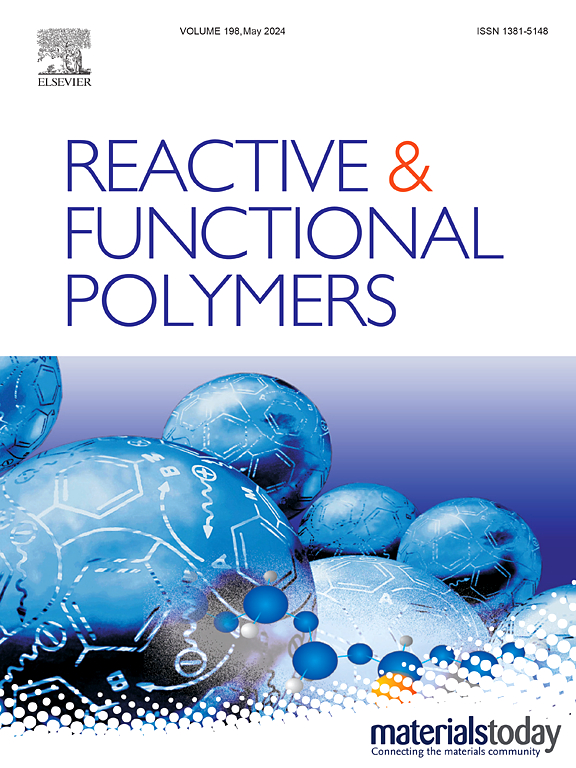Polymethylpentafluoropropylacrylate- and polydecylmethylsiloxane copolymers – Perspective antifouling membrane materials
IF 4.5
3区 工程技术
Q1 CHEMISTRY, APPLIED
引用次数: 0
Abstract
The development of membranes with antifouling properties is a significant challenge for pervaporation separation processes. The fouling of membranes during the separation of mixtures containing fermentation products limits the industrial application of pervaporation to produce biofuels. To obtain membranes resistant to fouling, a series of copolymers of poly(decylmethylsiloxane)-poly(pentafluoropropylacrylatemethylsiloxane) was synthesized for the first time. The influence of copolymer composition on surface and transport properties is demonstrated. It has been shown by IR-spectroscopy and elemental analysis that the groups, which are less abundant in the polymer, are oriented towards the surface of the film. The minimum value of surface energy (19 mJ·m−2) and the maximum gas permeability and sorption were observed for a sample with an equal ratio of decyl and 2,2,3,3,3,3,3,3-pentafluoropropyl acrylate groups. Based on this copolymer composite membrane is developed. It is shown that introducing 2,2,3,3,3,3,3,3-pentafluoropropyl acrylate groups leads to increase fouling resistance of composite membranes: permeability reducing ∼1 % after prolonged contact with fermentation mixture.

开发具有防污特性的膜是气相蒸发分离工艺面临的一项重大挑战。在分离含有发酵产物的混合物时,膜上的污垢限制了利用渗透汽化法生产生物燃料的工业应用。为了获得抗污垢膜,我们首次合成了一系列聚(癸基甲基硅氧烷)-聚(五氟丙基丙烯酸甲酯甲基硅氧烷)共聚物。共聚物成分对表面和传输性能的影响得到了证实。红外光谱和元素分析表明,聚合物中含量较少的基团朝向薄膜表面。在癸基和 2,2,3,3,3,3,3,3- 五氟丙烯酸酯基团比例相等的样品中,观察到了最小的表面能值(19 mJ-m-2)以及最大的气体渗透性和吸附性。在此基础上开发出了共聚物复合膜。研究表明,引入 2,2,3,3,3,3,3-五氟丙烯酸酯基团可提高复合膜的抗污垢能力:与发酵混合物长时间接触后,渗透率会降低 ∼ 1%。
本文章由计算机程序翻译,如有差异,请以英文原文为准。
求助全文
约1分钟内获得全文
求助全文
来源期刊

Reactive & Functional Polymers
工程技术-高分子科学
CiteScore
8.90
自引率
5.90%
发文量
259
审稿时长
27 days
期刊介绍:
Reactive & Functional Polymers provides a forum to disseminate original ideas, concepts and developments in the science and technology of polymers with functional groups, which impart specific chemical reactivity or physical, chemical, structural, biological, and pharmacological functionality. The scope covers organic polymers, acting for instance as reagents, catalysts, templates, ion-exchangers, selective sorbents, chelating or antimicrobial agents, drug carriers, sensors, membranes, and hydrogels. This also includes reactive cross-linkable prepolymers and high-performance thermosetting polymers, natural or degradable polymers, conducting polymers, and porous polymers.
Original research articles must contain thorough molecular and material characterization data on synthesis of the above polymers in combination with their applications. Applications include but are not limited to catalysis, water or effluent treatment, separations and recovery, electronics and information storage, energy conversion, encapsulation, or adhesion.
 求助内容:
求助内容: 应助结果提醒方式:
应助结果提醒方式:


